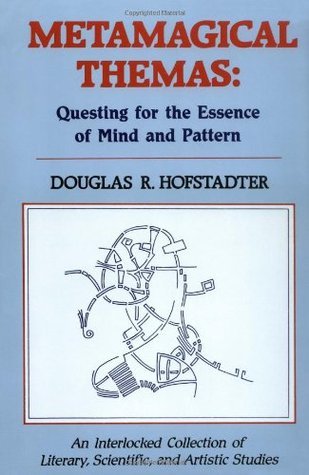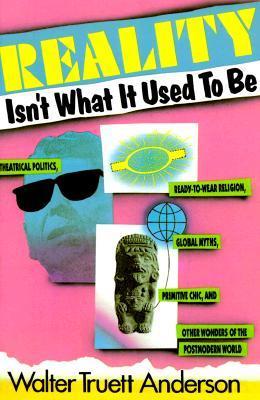
Coincidance: A Head Test
Book Description
Reality is not what it seems—it's a tangled web of chance and choice. In 'Coincidance: A Head Test,' Robert Anton Wilson plunges into a world where serendipity collides with consciousness, challenging perceptions at every turn. Characters are driven by an unseen force, as cryptic messages and bizarre coincidences propel them into a kaleidoscope of existential dilemmas. Friendships twist, alliances shatter, and the boundaries of truth blur in a high-stakes dance with fate. As the characters unravel the mysteries of existence, one question looms: How much of your life is truly random, and how much is orchestrated by a hidden hand?
Quick Book Summary
"Coincidance: A Head Test" by Robert Anton Wilson is a thought-provoking exploration of the interplay between chance, consciousness, and meaning. Blending philosophy, psychology, and metaphysics, Wilson invites readers to question the foundations of their reality. He investigates the nature of coincidence as both a challenge to rational thinking and a portal to deeper understanding. Through essays, literary analysis, and playful experimentation, Wilson delves into topics ranging from James Joyce's linguistic labyrinths to the role of synchronicity in daily life. The book encourages readers to see patterns in chaos, challenge received wisdom, and embrace uncertainty as a creative force. Ultimately, Wilson's work is a mind-expanding journey that dissolves the borders between logic and magic, urging us to reconsider how much of our experience is random, intentional, or divinely orchestrated.
Summary of Key Ideas
Table of Contents
The Nature of Coincidence and Synchronicity
Wilson begins by interrogating the phenomenon of coincidence, drawing on Jungian ideas of synchronicity as meaningful chance events. He proposes that the prevalence of these occurrences suggests reality is not entirely deterministic or random. Rather, existence may be a matrix where patterns emerge when consciousness pays attention, and where meaning is partly constructed by the observer. By presenting provocative anecdotes and case studies, Wilson destabilizes the boundary between mere chance and hidden order, inviting readers to remain open to novel interpretations of everyday events.
Language as a Tool for Perception and Reality
A substantial portion of the book is devoted to the ways language shapes thought and experience. Wilson analyzes the notoriously complex language of James Joyce to show how words do not merely reflect reality—they help create it. He suggests that much of our experience is filtered and limited by linguistic constructs, which both illuminate and obscure the underlying chaos of existence. This perspective aligns with general semantics and post-structuralist thought, underlining the creative and deceptive power of words.
Questioning Consensus Reality and Authority
Challenging consensus reality, Wilson explores how social constructs and authoritative narratives often go unexamined. He encourages skepticism toward received wisdom, highlighting how institutions manipulate beliefs to reinforce their power. Through references to countercultural movements, he demonstrates that breaking free of mass delusions involves questioning authority, re-examining "self-evident" truths, and cultivating direct personal experience. This fosters both psychological liberation and social progress.
The Intersection of Art, History, and Occult Thought
"Coincidance" also delves into the convergence of art, history, and esoteric traditions. Wilson finds patterns connecting literary innovation (especially in Joyce), occult symbolism, and major historical shifts. He illustrates how creative minds and secret societies have used encoded language and ritual to challenge reality's rigidities, sparking both artistic revolutions and metaphysical inquiry. These connections, Wilson asserts, reveal the playful, self-organizing aspect of culture and consciousness.
Consciousness Expansion and Personal Transformation
Finally, the book champions the ongoing expansion of consciousness as both an individual and collective project. Wilson advocates for agnosticism in thought—never settling fully into any rigid system. By embracing uncertainty, experimenting with new perspectives, and remaining receptive to coincidence, individuals can transform their experience of reality. This approach, Wilson maintains, not only dissolves arbitrary boundaries between chance and purpose but also opens the door to creative freedom, deeper empathy, and enduring transformation.
Download This Summary
Get a free PDF of this summary instantly — no email required.





